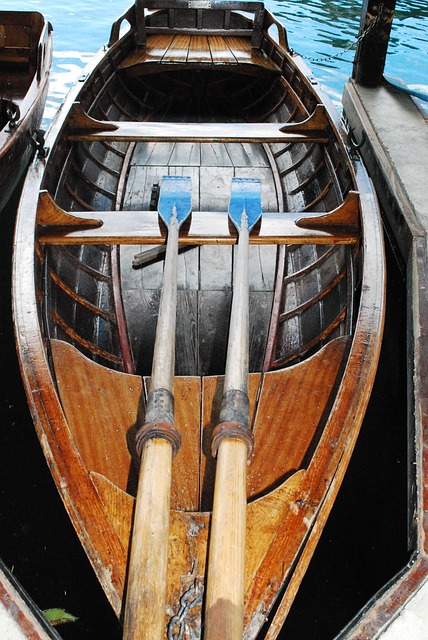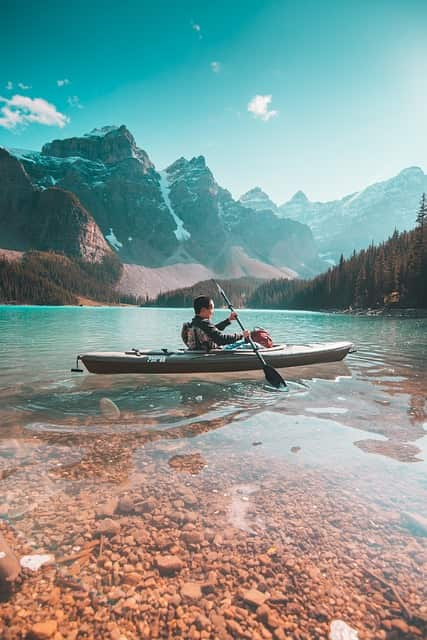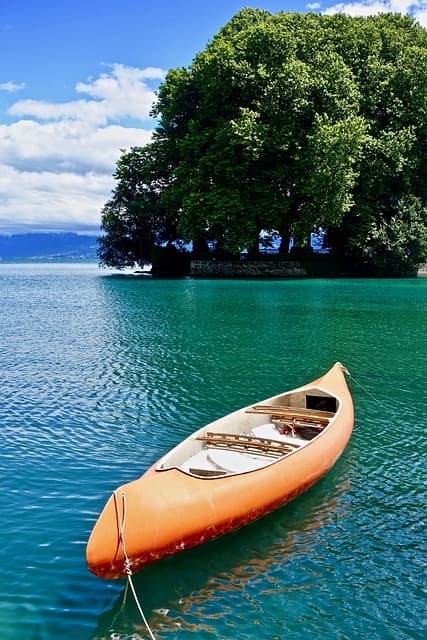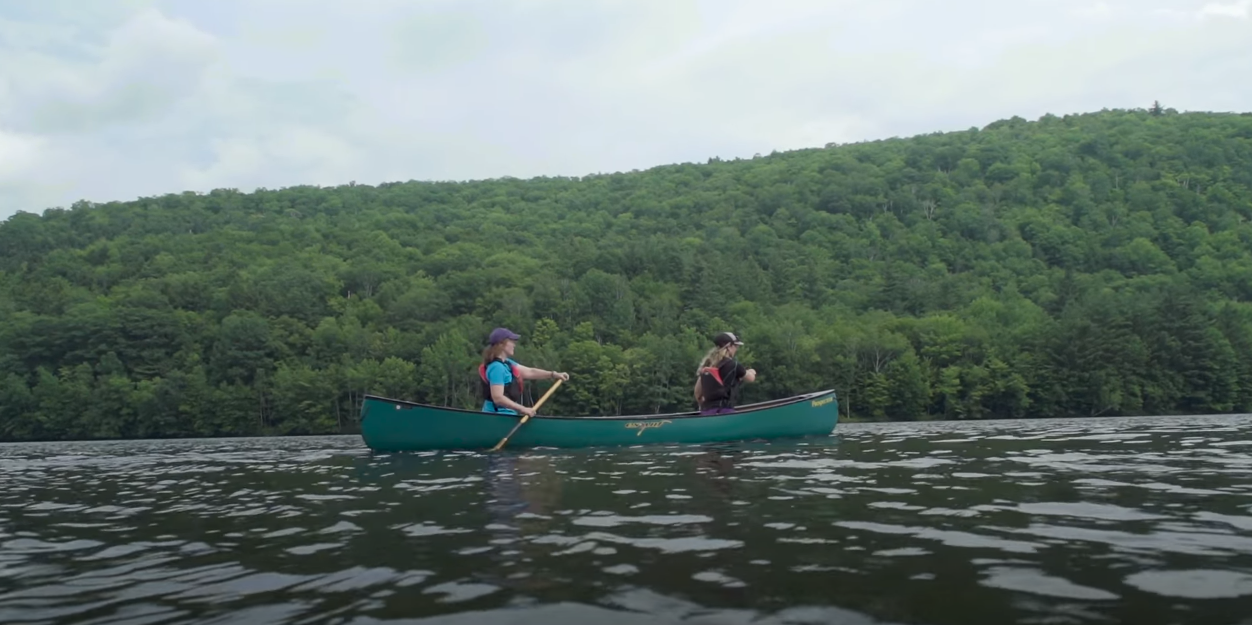Canoeing is a popular recreational activity that allows people to explore serene water bodies, connect with nature, and experience adventure. One key aspect that defines canoes is their length. The length of a canoe plays a significant role in determining its stability, speed, and capacity. In this article, we will delve into the various dimensions of canoes, the types available, frequently asked questions, and provide insights for better understanding through video references.
The Historical Evolution of Canoes: Tracing Back Origins
The canoe has a rich history that spans continents and millennia. Indigenous cultures across the globe, from Native American tribes to Pacific Islanders, have utilized canoes as a primary means of transportation, trade, and warfare.
Origins in Indigenous Cultures
- Native American Canoes: The indigenous tribes of North America crafted canoes from large logs, often made of cedar. These were primarily used for fishing, trading, and transportation across the vast river networks;
- Pacific Island Canoes: In the Pacific Islands, canoes were vital for inter-island travel and trade. The Polynesians, for instance, navigated vast distances in their outrigger canoes, settling far-flung islands across the Pacific Ocean;
- African Dugout Canoes: In Africa, dugout canoes were crafted from large tree trunks. These vessels were primarily used for fishing and transport across Africa’s extensive lake and river systems.
The Modern-Day Resurgence
While the canoe had never truly disappeared, its use saw a resurgence in the late 19th and early 20th centuries as recreational canoeing became popular in the West. This period saw a shift from the traditional log and bark-based construction to the use of modern materials like aluminum, fiberglass, and plastic.
Choosing the Right Material for Your Canoe
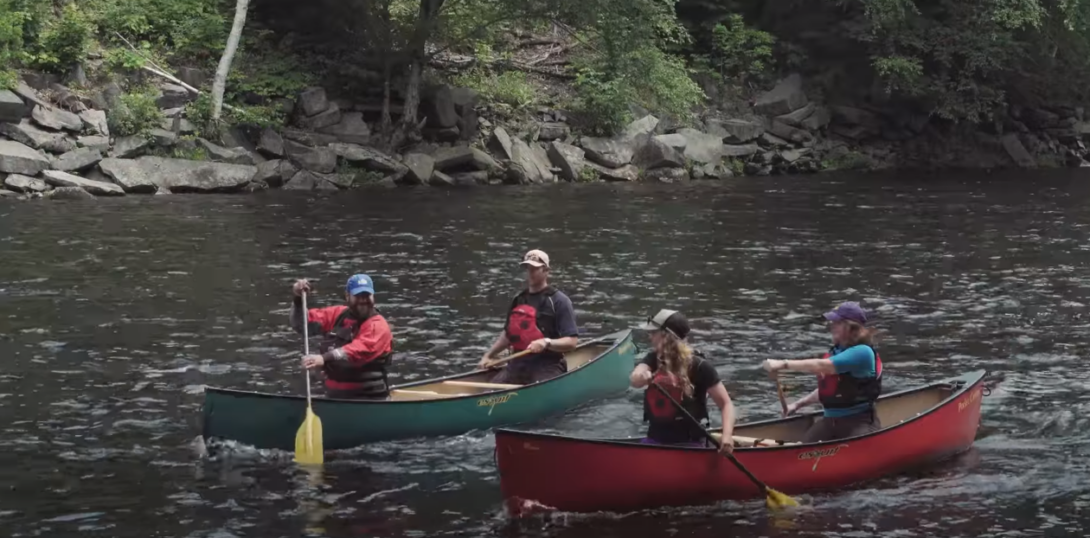
Canoes today come in various materials, each offering distinct advantages and disadvantages:
- Wood: Traditional, offers a warm and classic feel, but requires regular maintenance;
- Aluminum: Durable and lightweight, but can get dented and is cold to touch;
- Fiberglass: Lightweight and smooth, but can crack upon impact;
- Plastic (Polyethylene): Durable and affordable, but heavier than other materials.
Understanding Canoe Dimensions
The length of a canoe is a fundamental measurement that influences several aspects of its performance on the water. Canoes come in a range of lengths, from compact solo canoes to lengthy tandem models. The length of a canoe typically ranges from around 10 to 20 feet. However, specialty canoes or historical replicas can vary outside of this range.
Common Canoe Lengths and Their Characteristics
| Canoe Length | Characteristics |
|---|---|
| 10-12 feet | Short, maneuverable, limited capacity |
| 14-16 feet | Balanced performance, popular choice |
| 17-20 feet | Greater capacity, enhanced tracking |
Types of Canoes Based on Length
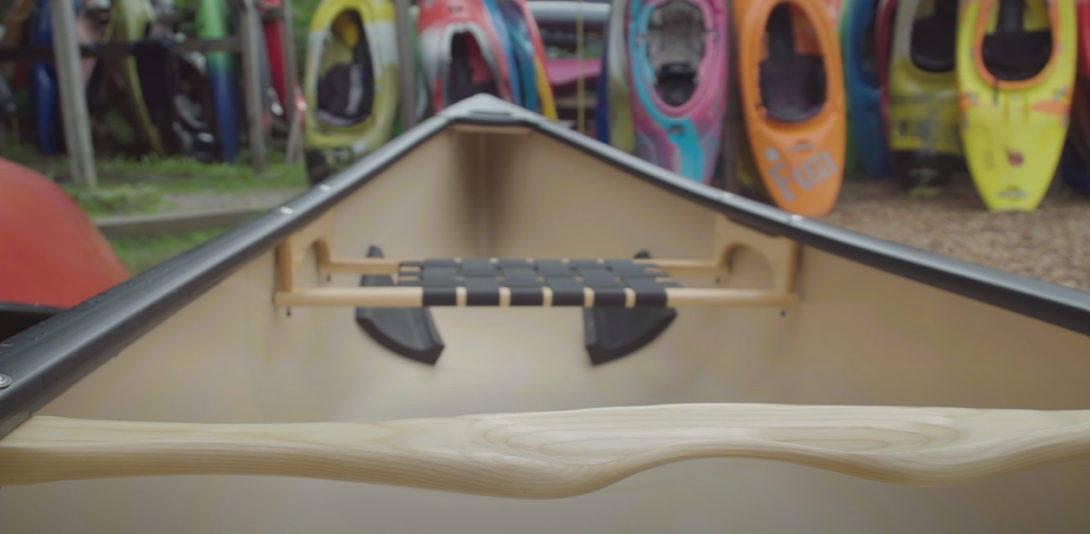
Canoes can be categorized based on their length and design, each serving different purposes and catering to various preferences. Here are some common types of canoes:
Solo Canoes: Navigating the Waters of Solitude
| Length Range | Characteristics |
|---|---|
| 10-12 feet | – Designed for one person |
| – Exceptional maneuverability | |
| – Ideal for narrow waterways | |
| – Perfect for seekers of solitude and agility |
Immersing oneself in the serenity of nature while navigating through winding rivers and intimate streams is the essence of solo canoeing. These shorter vessels, ranging from 10 to 12 feet, offer a truly intimate connection with the water. Solo canoes are a testament to human ingenuity, providing the solo paddler with unparalleled maneuverability. Whether it’s gliding through twisty water passages or gracefully weaving around obstacles, these canoes are the embodiment of fluid movement and control.
Recreational Canoes: Harmony for Two
| Length Range | Characteristics |
|---|---|
| 14-16 feet | – Suited for two adults and gear |
| – Balances maneuverability and capacity | |
| – Popular choice for families and casual use | |
| – Versatile enough for lakes and slow rivers |
For those seeking shared experiences and leisurely paddling, the realm of recreational canoes opens up. Ranging from 14 to 16 feet, these mid-sized canoes strike a perfect equilibrium between maneuverability and capacity. They’re the favored companions for family outings, allowing two adults to comfortably explore the waters while bringing along a touch of gear. Be it a serene lake or a gentle river, recreational canoes effortlessly glide through calm waters, creating cherished memories that last a lifetime.
Touring Canoes: Charting Vast Waters
| Length Range | Characteristics |
|---|---|
| 17-20 feet | – Engineered for extended trips |
| – Superior tracking and stability | |
| – Ideal for open water and coastal areas | |
| – Equipped with ample storage for gear |
The allure of uncharted waters and extended journeys finds its perfect match in touring canoes. Spanning from 17 to 20 feet, these long and elegant vessels redefine exploration. With remarkable tracking and stability, touring canoes gracefully traverse expansive lakes and coastal realms. Their substantial capacity makes them a haven for those embracing the spirit of adventure, as they offer ample storage for gear and provisions. Whether charting a new course or immersing in the grandeur of open water, touring canoes are the embodiment of adventure without limits.
Conclusion
The length of a canoe is a crucial factor that influences its stability, speed, and purpose. Whether you’re seeking agility on narrow rivers, versatility for family outings, or the capacity to explore vast waters, understanding the relationship between canoe length and performance is essential. By considering your intended use and the characteristics of different canoe types, you can make an informed choice that aligns with your preferences and paddling goals. Remember to explore further resources, such as videos, to visually grasp how canoe length impacts your on-water experience.
For Better Understanding, Check This Video:
FAQ
A longer canoe generally offers better stability due to its increased waterline length. This means it’s less likely to wobble or tip over. Shorter canoes, while more maneuverable, can feel less stable, especially in choppy waters.
In general, longer canoes have the potential to be faster, as they can cover more distance with each paddle stroke. However, other factors like hull design, width, and paddling technique also influence a canoe’s speed.
While longer canoes are often associated with open water, they can still be used on small rivers. However, their length may make them less maneuverable in tight turns and fast currents. It’s essential to assess the river’s conditions before choosing a canoe.
Yes, you can paddle a tandem canoe alone, but the experience might be different. Tandem canoes are designed for two paddlers, so solo paddling can affect the canoe’s balance. Some tandem canoes come with adjustable seating positions to help with solo paddling.
For beginners, a recreational canoe in the 14-16 feet range is often recommended. These canoes offer a balance between stability, maneuverability, and capacity, making them suitable for learning the basics of paddling.
